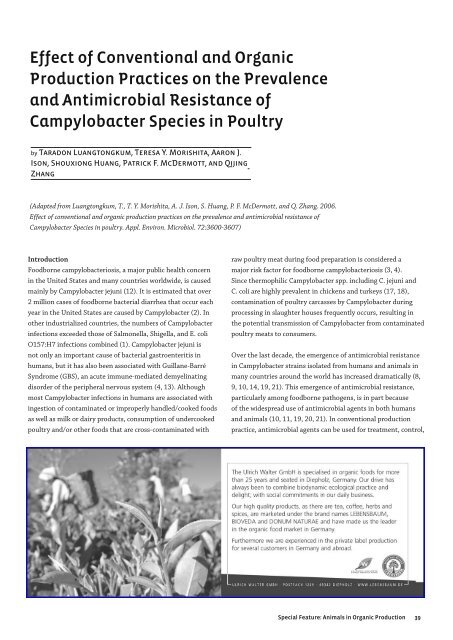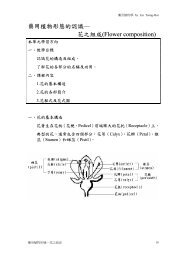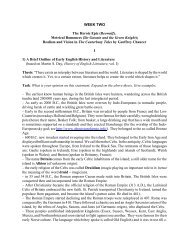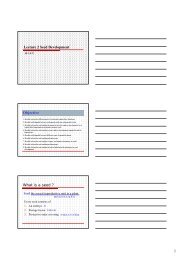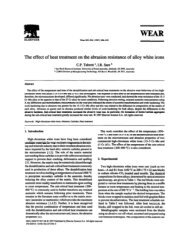Ecology and Farming
Ecology and Farming
Ecology and Farming
Create successful ePaper yourself
Turn your PDF publications into a flip-book with our unique Google optimized e-Paper software.
Effect of Conventional <strong>and</strong> Organic<br />
Production Practices on the Prevalence<br />
<strong>and</strong> Antimicrobial Resistance of<br />
Campylobacter Species in Poultry<br />
by Taradon Luangtongkum, Teresa Y. Morishita, Aaron J.<br />
Ison, Shouxiong Huang, Patrick F. McDermott, <strong>and</strong> Qijing<br />
Zhang<br />
(Adapted from Luangtongkum, T., T. Y. Morishita, A. J. Ison, S. Huang, P. F. McDermott, <strong>and</strong> Q. Zhang. 2006.<br />
Effect of conventional <strong>and</strong> organic production practices on the prevalence <strong>and</strong> antimicrobial resistance of<br />
Campylobacter Species in poultry. Appl. Environ. Microbiol. 72:3600-3607)<br />
Introduction<br />
Foodborne campylobacteriosis, a major public health concern<br />
in the United States <strong>and</strong> many countries worldwide, is caused<br />
mainly by Campylobacter jejuni (12). It is estimated that over<br />
2 million cases of foodborne bacterial diarrhea that occur each<br />
year in the United States are caused by Campylobacter (2). In<br />
other industrialized countries, the numbers of Campylobacter<br />
infections exceeded those of Salmonella, Shigella, <strong>and</strong> E. coli<br />
O157:H7 infections combined (1). Campylobacter jejuni is<br />
not only an important cause of bacterial gastroenteritis in<br />
humans, but it has also been associated with Guillane-Barré<br />
Syndrome (GBS), an acute immune-mediated demyelinating<br />
disorder of the peripheral nervous system (4, 13). Although<br />
most Campylobacter infections in humans are associated with<br />
ingestion of contaminated or improperly h<strong>and</strong>led/cooked foods<br />
as well as milk or dairy products, consumption of undercooked<br />
poultry <strong>and</strong>/or other foods that are cross-contaminated with<br />
raw poultry meat during food preparation is considered a<br />
major risk factor for foodborne campylobacteriosis (3, 4).<br />
Since thermophilic Campylobacter spp. including C. jejuni <strong>and</strong><br />
C. coli are highly prevalent in chickens <strong>and</strong> turkeys (17, 18),<br />
contamination of poultry carcasses by Campylobacter during<br />
processing in slaughter houses frequently occurs, resulting in<br />
the potential transmission of Campylobacter from contaminated<br />
poultry meats to consumers.<br />
Over the last decade, the emergence of antimicrobial resistance<br />
in Campylobacter strains isolated from humans <strong>and</strong> animals in<br />
many countries around the world has increased dramatically (8,<br />
9, 10, 14, 19, 21). This emergence of antimicrobial resistance,<br />
particularly among foodborne pathogens, is in part because<br />
of the widespread use of antimicrobial agents in both humans<br />
<strong>and</strong> animals (10, 11, 19, 20, 21). In conventional production<br />
practice, antimicrobial agents can be used for treatment, control,<br />
Special Feature: Animals in Organic Production<br />
3


